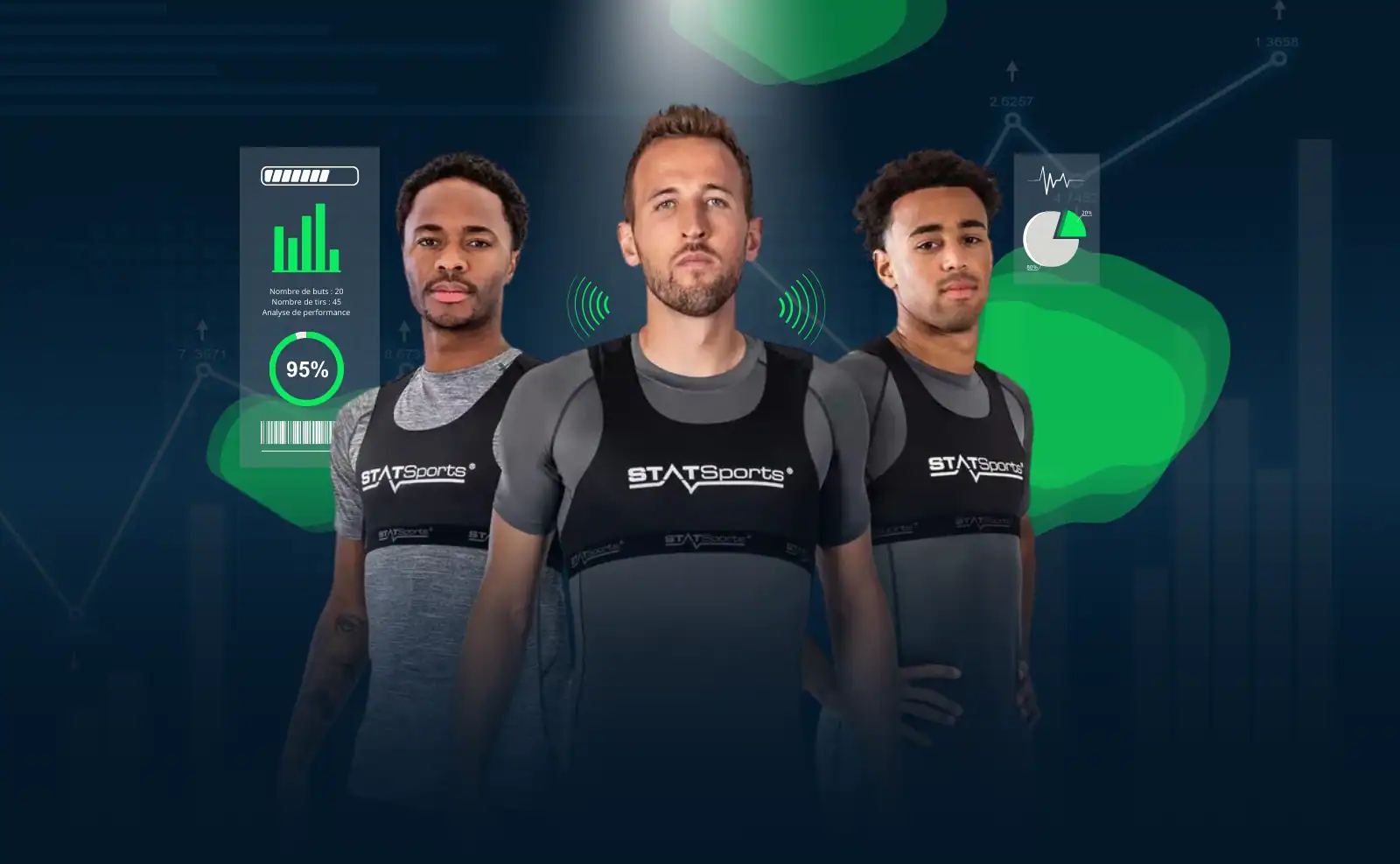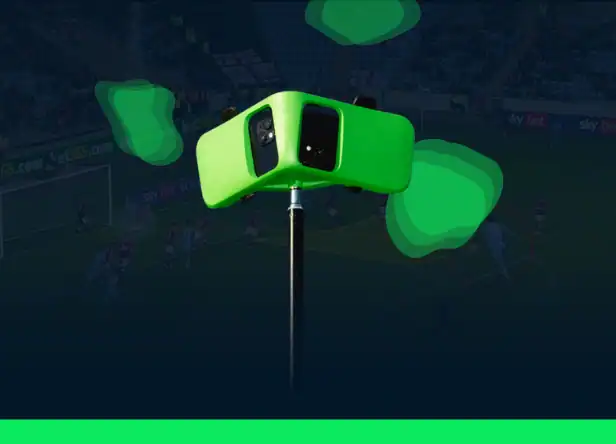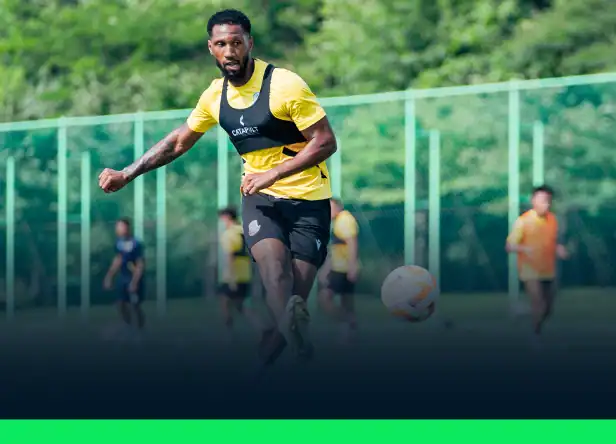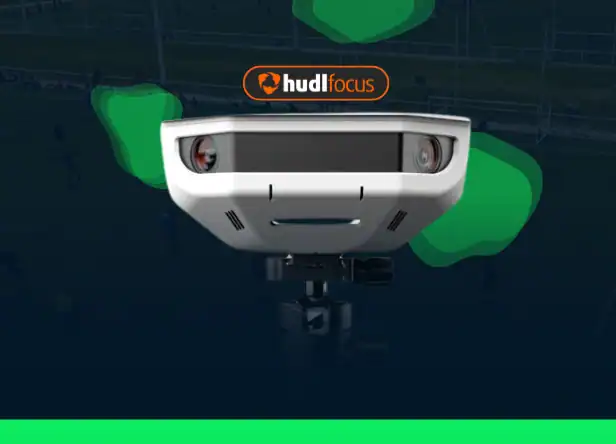Technology is transforming player performance analysis, and since 2006 GPS trackers have become indispensable for soccer clubs at every level. By 2014, professional outfits had widely adopted this technology.
Used by both professionals and amateurs, soccer GPS trackers are now essential for tracking, analyzing, and enhancing on-field performance. Let’s explore how GPS tracking is used in soccer, how it works, and compare the best models currently on the market.
What Is a GPS Tracker in Soccer?
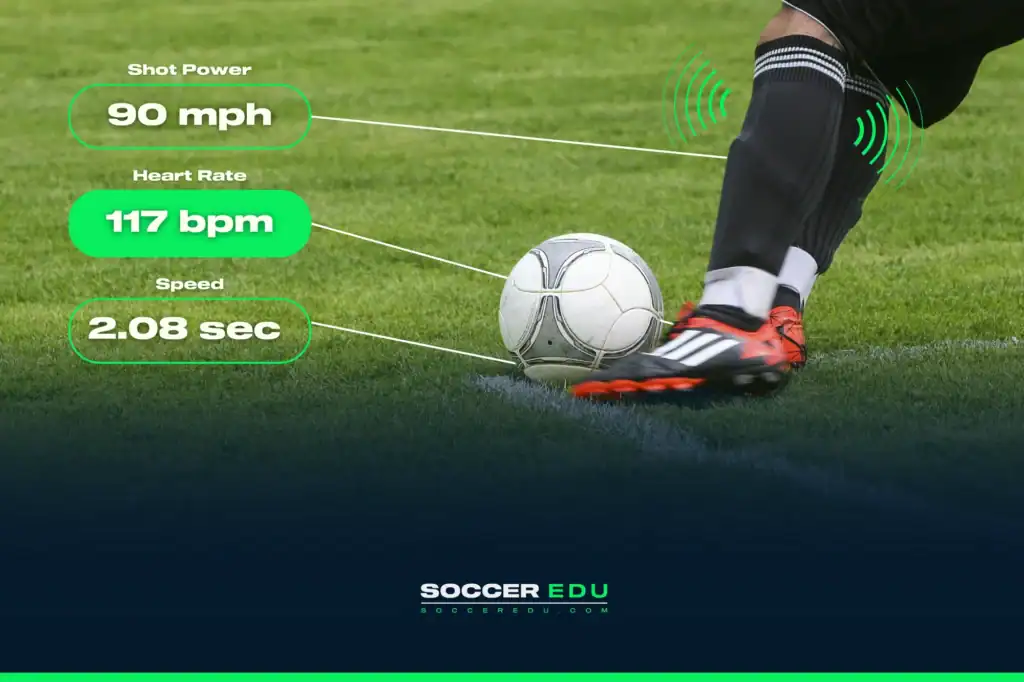
The Global Positioning System (GPS)—originally designed for military and civilian navigation—has been adapted to deliver ultra-precise performance metrics on the pitch. A soccer GPS tracker, often housed in a compression vest, captures more than just location. But what exactly does a GPS do when it comes to soccer?
How Does a Soccer GPS Work?
A soccer GPS device, typically embedded in a vest worn by the player (though newer models may clip elsewhere), captures a wide range of real-time data:
- Positioning: Pinpoints every sprint, jog, or stoppage on the pitch.
- Speed and acceleration: It records how fast the player is moving, as well as their acceleration and deceleration.
- Distance covered: The GPS calculates the total distance the player covers during a match or training session.
- Heatmaps: Visualize areas of the field where the player spent most time offering insight into positioning and tactical contribution.
Why Use a GPS Tracker?
Using a GPS tracker provides accurate data that can serve different purposes. Here are the most important ones:
- Performance analysis: One of the main reasons to use GPS trackers is to analyze soccer players’ performance. GPS trackers provide objective data on a player’s physical performance, allowing players, coaches, or staff to clearly identify strengths and areas for improvement.
- Injury prevention: Another essential benefit is injury prevention. By monitoring player workload, coaches can adjust training plans to avoid overexertion and reduce the risk of injuries.
- Tactical refinement: Tactical optimization is another major advantage. The positioning data helps coaches understand how players move and occupy space on the field, which is crucial for refining game strategies and improving overall team performance.
How to Use a Soccer GPS?
Using a GPS tracker in soccer goes far beyond just wearing a connected vest. It involves understanding the data collected by the GPS to draw actionable insights. Here are the key steps to using a GPS tracker effectively in soccer:
Step 1: Setup & Configuration
The player wears a vest with a GPS sensor between the shoulder blades. The sensor must be properly configured to capture the desired data.
Step 2: Data Collection
During training or matches, the GPS records the player’s movement, speed, distance covered, etc.
Step 3: Download & Analysis
After the session, the data is uploaded to analysis software, where it is interpreted to produce detailed reports.
Step 4: Soccer Data Analysis
Coaches, fitness trainers, or video analysts use these reports to adjust training plans and match strategies based on a player’s specific needs.
Note: These steps for using a GPS tracker effectively may vary depending on the model chosen. Below is a comparison of the best GPS trackers currently available.
Comparison of the Best Soccer GPS Trackers
The soccer GPS market is vast, with many models offering features tailored to different player types and budgets. Here’s a comparison of the top GPS trackers available today:
Catapult
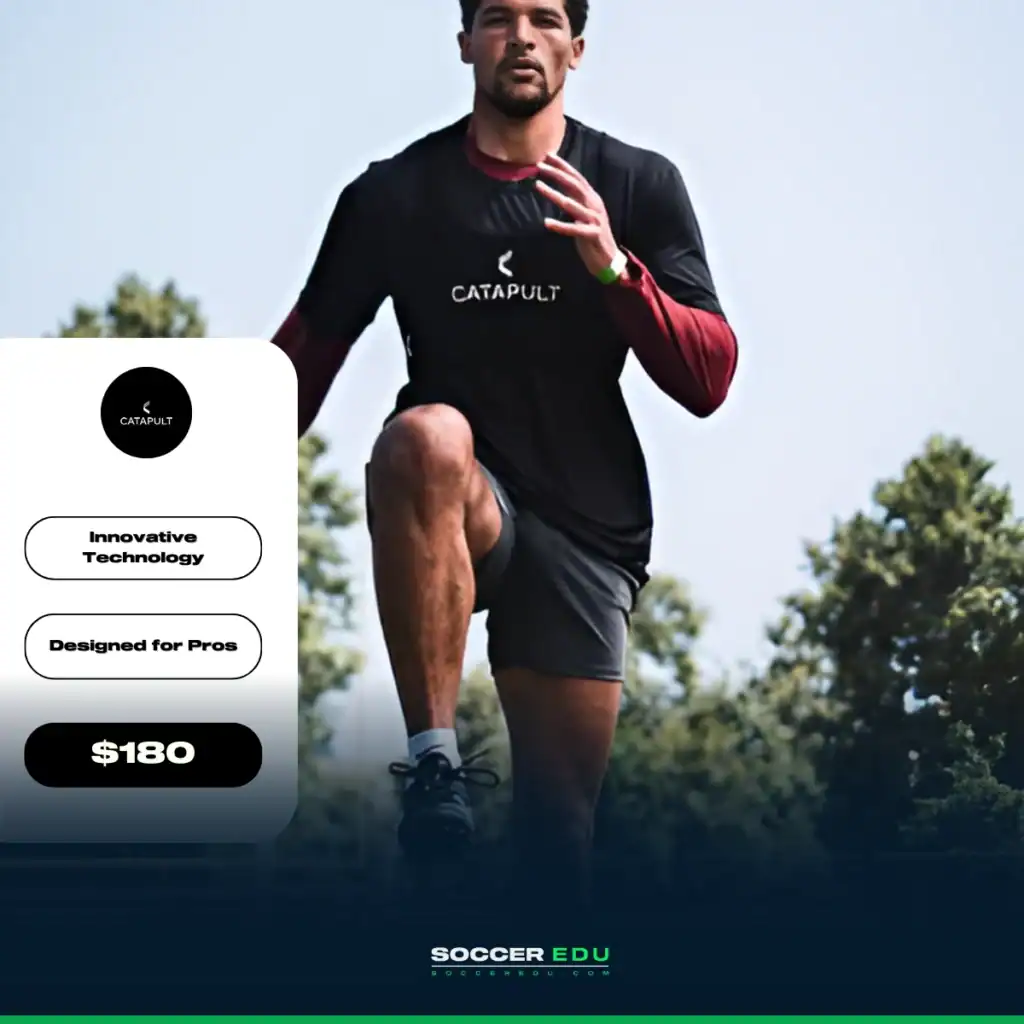
Catapult is one of the pioneers in sports performance tracking technology, with its GPS devices used by clubs like Chelsea, Ajax Amsterdam, Bayern Munich, and Borussia Dortmund.
- Data Accuracy: Catapult is known for highly accurate measurements, particularly in workload, sprinting, and acceleration.
- Innovative Technology: Catapult offers advanced features like biomechanical analysis and internal load monitoring, going beyond just tracking distance.
- Used by Top Teams: Trusted by elite teams, Catapult is a go-to solution for clubs looking to maximize player performance using advanced technological insights.
Catapult One Price: $180
Catapult is ideal for professional teams and coaches who want deeper insights into performance and injury prevention.
Footbar GPS Sensor
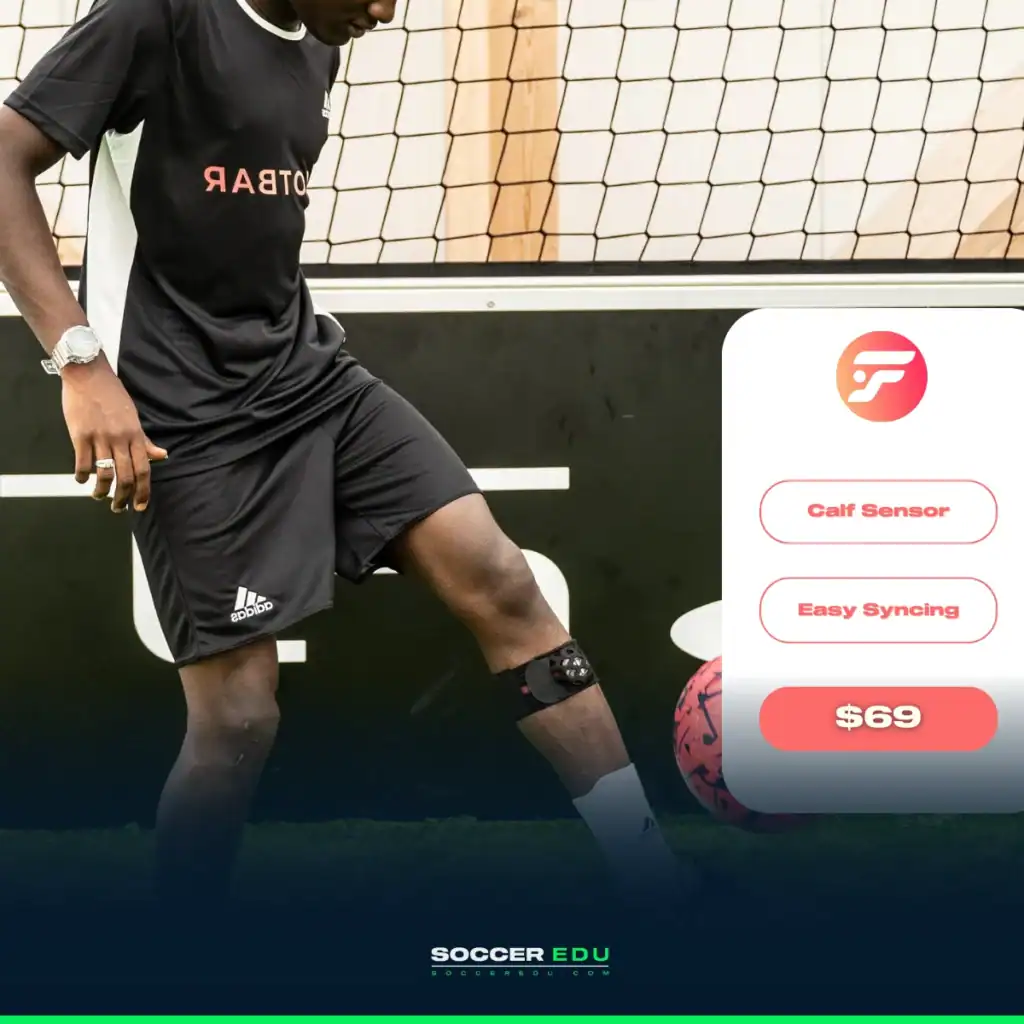
The Footbar GPS sensor is a budget-friendly option for amateur clubs and individual players. Despite its affordable cost, it’s the best-selling performance tracker in Europe and offers a solid set of features:
- Performance Tracking: Measures distance covered, speed, and heatmaps, enabling a full analysis of physical effort.
- Extended Battery Life: Ideal for long training sessions without interruption.
- User-Friendly App: Data is easily synced and analyzed through a dedicated app.
Price: $69
Footbar is perfect for players seeking value for money without compromising analysis quality.
Playermaker
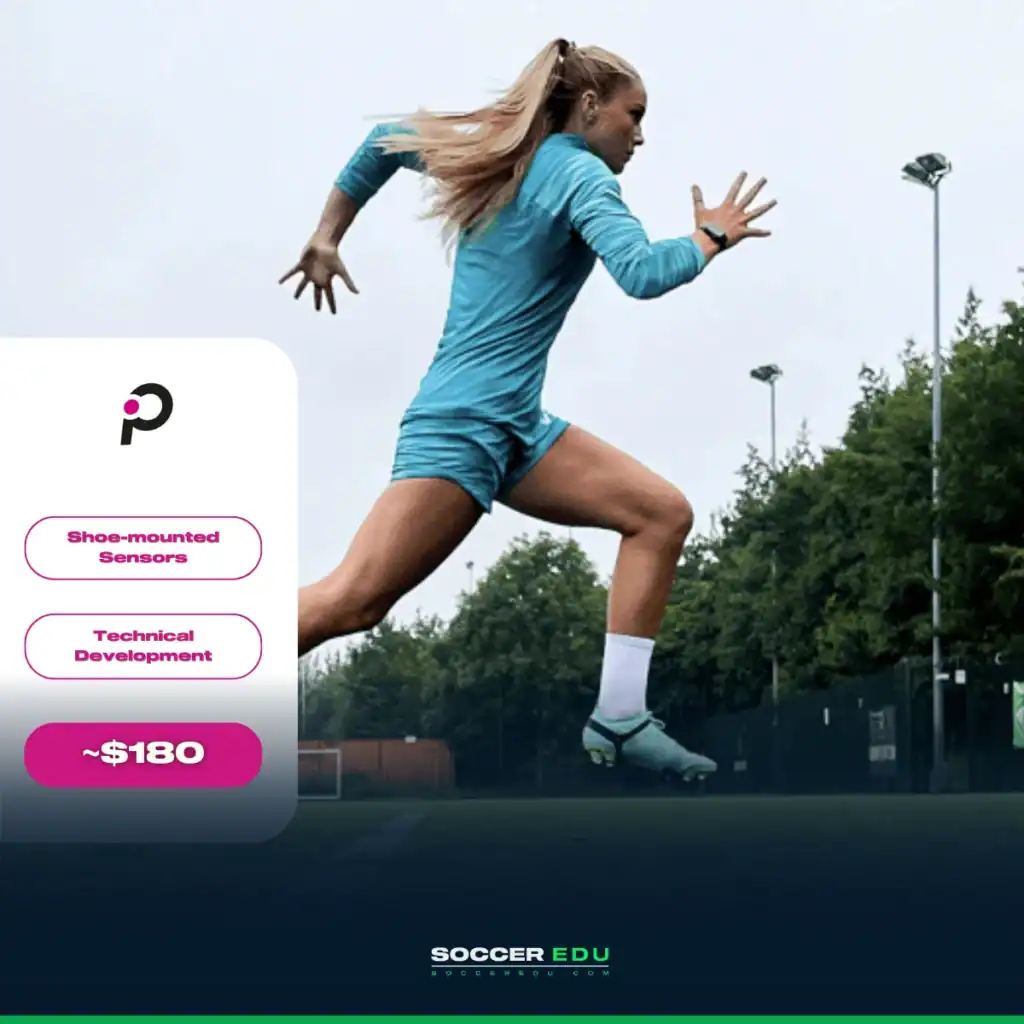
Playermaker stands out from other GPS trackers with its unique approach—focusing on performance data collected directly from the player’s shoes. Clubs like Manchester City, Benfica, Aston Villa, and Schalke 04 trust Playermaker.
- Shoe Sensors: Unlike traditional vest GPS trackers, Playermaker uses sensors attached to the shoes to collect data on movement, touches, and balance.
- Advanced Technical Analysis: Delivers detailed insights into ball touches, pass direction, dribbles, and specific technical movements.
- Recommended for Skill Development: Especially popular in training academies and with coaches aiming to track players’ technical development precisely.
Price: ~$180–200 USD (+ mandatory membership: ~£150/year ≈ $180–200 USD)
Playermaker is ideal for teams and players who prefer not to wear GPS vests and want to focus on technical improvement, complementing the physical data offered by traditional GPS trackers.
Statsports
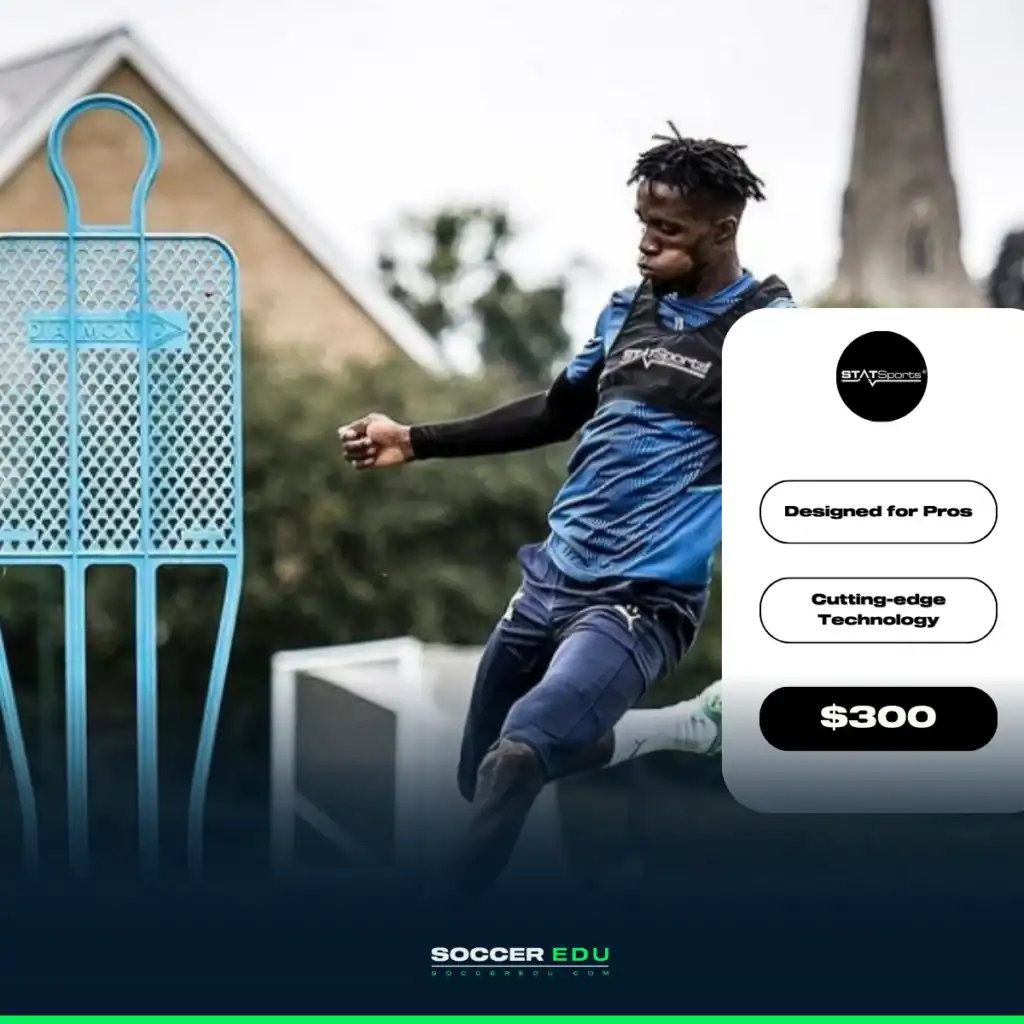
Statsports is a global leader in soccer GPS tracking, trusted by top clubs like PSG, Juventus, Liverpool, and Arsenal.
- Cutting-Edge Technology: Statsports offers ultra-precise sensors capable of tracking every movement detail.
- In-Depth Analysis: The data is processed through advanced software, delivering comprehensive performance reports.
- Trusted by Pros: Many Premier League and European clubs rely on Statsports to optimize player performance.
Statsports APEX Price: $300.00
Statsports is highly recommended for professional clubs and high-level players who want elite-level analysis and top-tier features.
Comparison Table of the Best GPS Trackers
Here’s a comparison table of the best soccer GPS trackers, featuring their key features and prices:
| GPS Name | Price | Key Features | Target Audience |
|---|---|---|---|
| Footbar GPS Sensor | $69 | Performance tracking, heatmaps, and long battery life | Amateurs, small clubs |
| Statsports APEX | $300.00 | Advanced tech, ultra-precise tracking, used by Premier League clubs | Professional clubs, elite level |
| Catapult One | $180 | Outdoor GPS tracking, 10 performance metrics, used by pro teams | Individual athletes, professionals |
| Playermaker | ~$180–200 USD (+ mandatory membership: ~£150/year ≈ $180–200 USD) | Shoe sensors, ball-touch analysis, shot power, and technical and physical tracking | Academies, amateur players |
This table helps you quickly compare the different soccer GPS tracker options based on price and key features—making it easier to choose the device best suited to your needs and budget.
Soccer GPS Trackers in Summary
Originally only used by top experts, GPS tracking technology is now available at all levels of soccer. These tools allow athletes and coaches to train smarter, reducing injury risks and executing tactical strategies more precisely by giving very precise monitoring of player load, technical actions, and spatial placement. Whether you are getting ready for weekend league games or competing at the highest level, there is a GPS solution customized to improve your performance and match preparation.
Accepting GPS tracking gives teams a competitive edge with data-driven insights that improve on-pitch decision-making, technical development, and physical training. By integrating technology into regular training and match schedules, this marks a fresh benchmark in contemporary soccer performance management.

